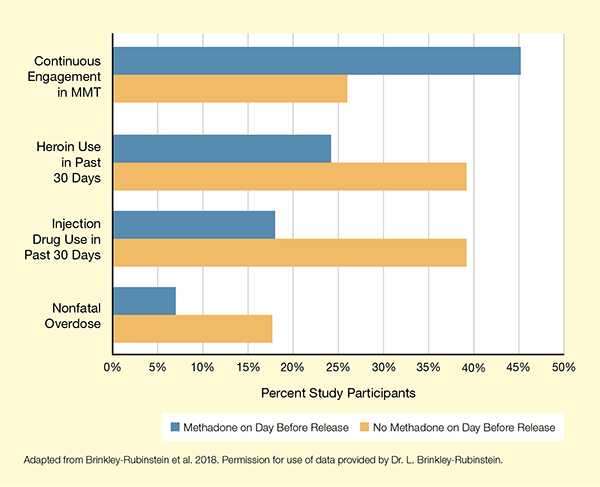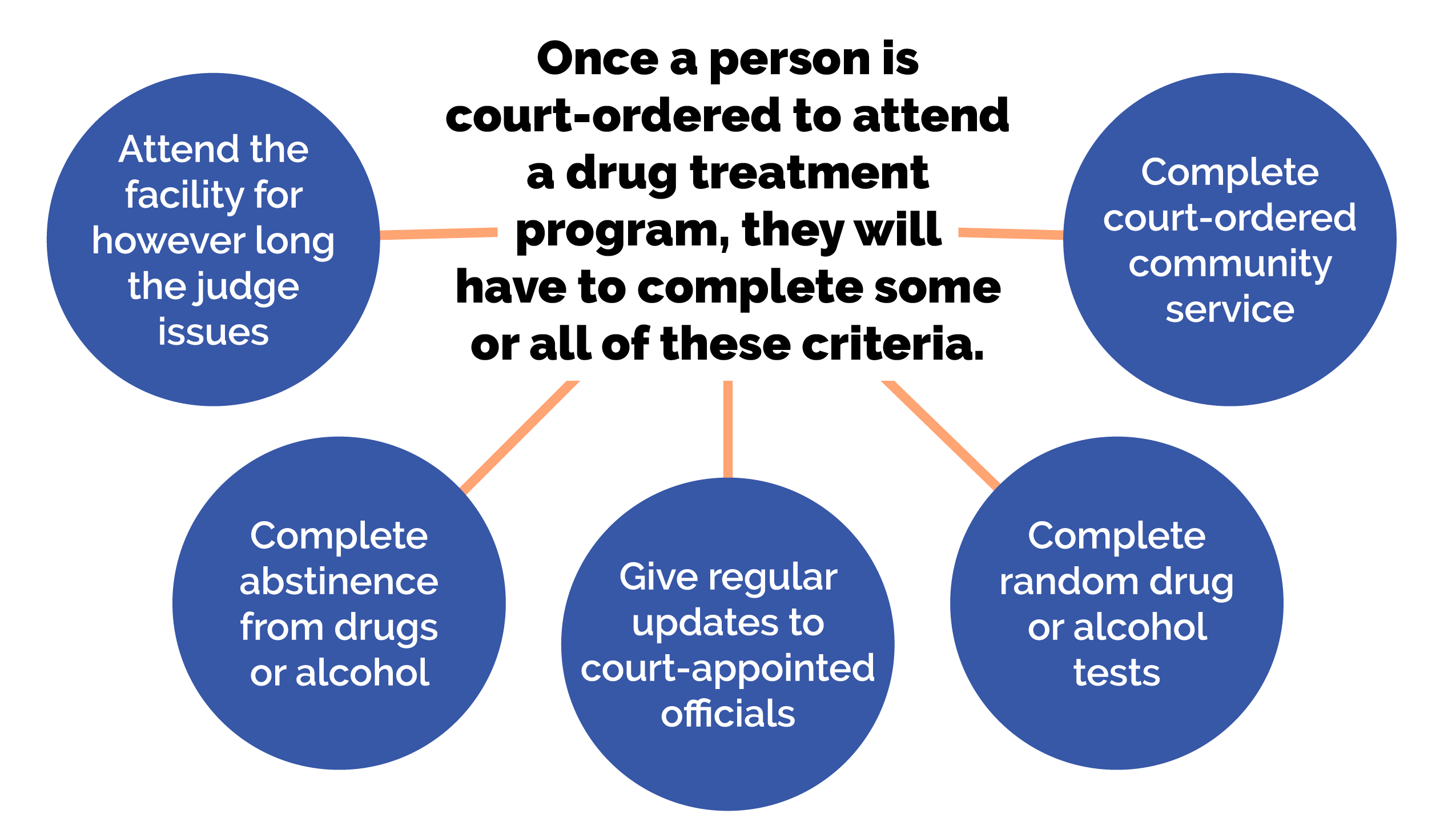Our What Addiction Are Treatment With Suboxone Diaries
ShortTerm Inpatient Treatment (SIT) is the healing technique primarily used in programs oriented toward insured populations (Gerstein 1999). SIT is a highly structured 3 to 6week inpatient program. Patients receive psychiatric and mental examinations, help in developing a recovery strategy based on the tenets of AA, attend instructional lectures and groups, fulfill individually with therapists and other specialists, and participate in household or codependent therapy.
Lots of shortterm residential programs include some sort of treatment intervention for clients' member of the family. The Hazelden Family Center, for instance, is a 5 to 7day residential family program that checks out relationship issues typical amongst households with a member who abuses substances. A majority of the household programs used in shortterm residential treatment include psychoeducational family groups.
There is no factor household treatment can not be integrated into shortterm domestic programs, though the short duration of therapy might require more intensive and longer (than 1 hour) sessions because work with a family will frequently end when the customer with the compound use condition leaves treatment. Sadly, clients might have to end up being engaged in a totally various system for their continuing care, as funding for services might not carry over.
If family therapy is being included to an inpatient residential program, it ought to not replace household going to hours. Clients likewise require leisure time with their households. Some shortterm domestic programs might purposefully refrain from including family therapy since service providers believe that clients in early healing are unable to handle uncomfortable issues that often occur in household therapy.

A longterm property (LTR) program will supply roundtheclock care (in a nonhospital setting), in addition to intensive drug abuse treatment for a prolonged duration (varying from months to 2 years). The majority of LTR programs consider themselves a form of restorative community (TC), but LTRs can use additional treatment designs and approaches, such as cognitivebehavioral therapy, 12Step work, or regression prevention (Gerstein 1999). The traditional TC program provides property take care of 15 to 24 months in a highly structured environment for groups varying from 30 to a number of hundred clients.
How Much Does The Us Spend On Addiction Treatment Fundamentals Explained
In addition to helping clients avoid substance abuse, TCs deal with removing antisocial behavior, developing employment abilities, and instilling positive social mindsets and worths (De Leon 1999). TC treatment is not limited to particular interventions, but involves the whole neighborhood of staff and customers in all daily activities, including group treatment sessions, meetings, leisure, and work, which may include professional training and other assistance services.
Group sessions might often be quite confrontational. A TC ordinarily likewise includes plainly defined rewards and penalties, a specific hierarchy of duties and opportunities, and the promise of mobility through the customer hierarchy and to personnel positions. The TC has actually ended up being a treatment choice for incarcerated populations (see the forthcoming SUGGESTION Substance Abuse Treatment for Grownups in the Bad Guy Justice System [CSAT in advancement j] and a customized variation of the TC has actually been shown to be effective with clients with cooccurring compound usage and other psychological disorders (for additional information on the modified TC, see the forthcoming POINTER Drug abuse Treatment for Individuals With CoOccurring Conditions [CSAT in development k], a revision of TIP 9 [CSAT 1994b]. Clients in TCs frequently do not have basic social skills, come from broken homes and deprived environments, have actually gotten involved in criminal activity, have poor employment histories, and abuse multiple substances.
As Gerstein notes, the TC environment in numerous methods "mimics and imposes a model family environment that the patient did not have during developmentally critical preadolescent and teen years" (1999, p. 139). Household therapy is not usually an intervention supplied in TCs (a minimum of not in the United States), but TC programs can utilize household therapy to assist clients, particularly when preparing them to return to their houses and communities.
It is likewise the most diverse, and the type of treatment provided, along with Substance Abuse Treatment its frequency and strength, can differ considerably from program to http://dantezqnu573.image-perth.org/the-facts-about-what-is-treatment-for-porn-addiction-revealed program. Some, such as those that offer walkin services, might use just psychoeducation, while extensive day treatment can measure up to residential programs in range of services, assessment of customer requirements, and efficiency (National Institute on Substance Abuse 1999a ). The most typical variety of outpatient program is one that supplies Additional resources some sort of counseling or treatment as soon as or twice a week for 3 to 6 months (Gerstein 1999). what addiction are treatment with suboxone.
Some outpatient programs use case management and referrals to needed services such as vocational training and real estate assistance, but hardly ever supply such services onsite, not since they do not see the requirement, however due to the fact that financing is not available. The services are often provided in specialized programs for clients with cooccurring substance use and other mental conditions.
How To Get Homeless Son Meth Addiction Treatment In California Fundamentals Explained
Compared to inpatient treatment, it is less costly and enables more flexibility for customers who are utilized or have family commitments that do not enable them to leave for a prolonged time period. Research study has demonstrated, as with many other techniques, that the longer a customer is in outpatient treatment the better are his chances for keeping abstaining for a prolonged amount of time.
For this reason, exit planning, resource info, and community engagement need to begin in the beginning of treatment. Due to the fact that of the great diversity in services offered by outpatient treatment programs it is hard to generalize about using household therapy. Certainly, nevertheless, family therapy can be executed in this setting, and a variety of outpatient treatment programs use different levels of household intervention for their clients.

( Methadone needs an everyday dosage, but LAAM just needs to be administered every 2 or 3 days.) This pharmaceutical alternative acts to avoid withdrawal symptoms, decrease drug yearning, get rid of euphoric results, and stabilize mood and mindsets. how moderate mild severe diagnosis can play into addiction treatment strategy. The negative effects of these recommended medications are very little, and they are administered orally, therefore getting rid of a lot of the hazards connected with injection substance abuse.
Physicians may dispense it or recommend it to clients in their workplaces if they (1) get a waiver excusing them from Federal requirements concerning recommending controlled substances and (2) obtain subspecialty board certification or training in treatment and management of clients with opioid reliance. Info and training are readily available at SAMHSA's Website (www.buprenorphine.samhsa.gov).
CSAT's Department of Pharmacologic Therapies manages the daytoday regulatory oversight activities essential to carry out new SAMHSA policies (42 C.F.R. Part 8) on the use of opioid agonist medications (methadone and LAAM) authorized by the FDA for addiction treatment. These activities consist of supporting the accreditation and accreditation of more than 1,000 opioid treatment programs that jointly deal with more than 200,000 patients every year (more info can be discovered at www.dpt.samhsa.gov). Opioid dependency treatment has actually been shown to be an effective way to mitigate the hazardous repercussions of compound abuse, minimize criminal activity, slow the spread of HELP in the treated population, minimize the customer death rate, and curb illegal compound use (Effective Medical Treatment of Opiate Addiction 1997; Gerstein 1999).
